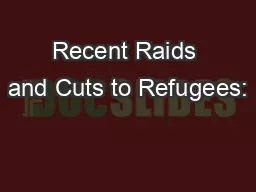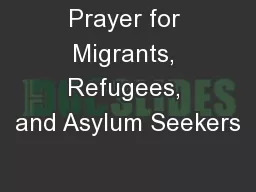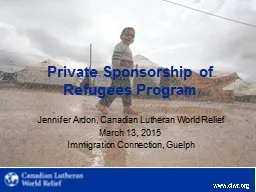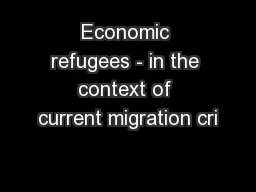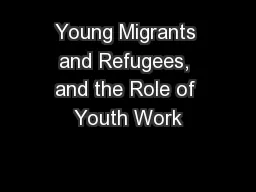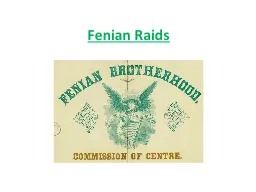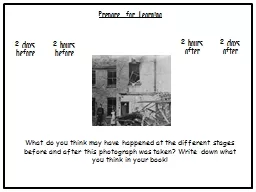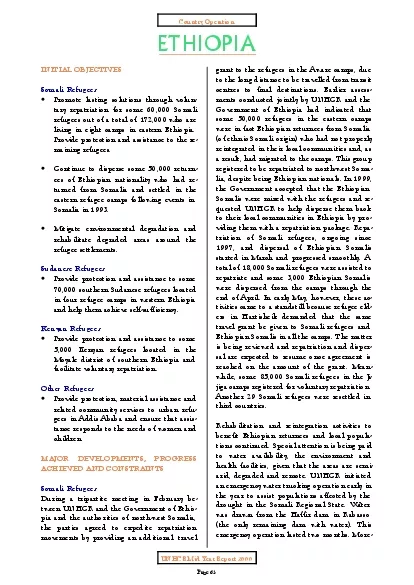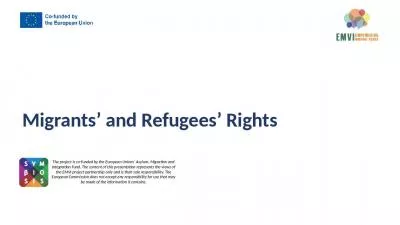PPT-Recent Raids and Cuts to Refugees:
Author : karlyn-bohler | Published Date : 2018-01-04
Faith Community Response To join the webinar you will go to httpjoinmefaith4immigration and follow the directions for audio and visual For audio only call
Presentation Embed Code
Download Presentation
Download Presentation The PPT/PDF document "Recent Raids and Cuts to Refugees:" is the property of its rightful owner. Permission is granted to download and print the materials on this website for personal, non-commercial use only, and to display it on your personal computer provided you do not modify the materials and that you retain all copyright notices contained in the materials. By downloading content from our website, you accept the terms of this agreement.
Recent Raids and Cuts to Refugees:: Transcript
Download Rules Of Document
"Recent Raids and Cuts to Refugees:"The content belongs to its owner. You may download and print it for personal use, without modification, and keep all copyright notices. By downloading, you agree to these terms.
Related Documents

